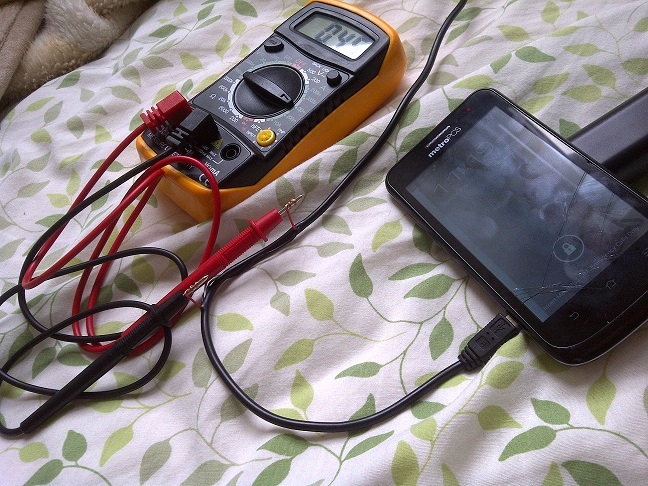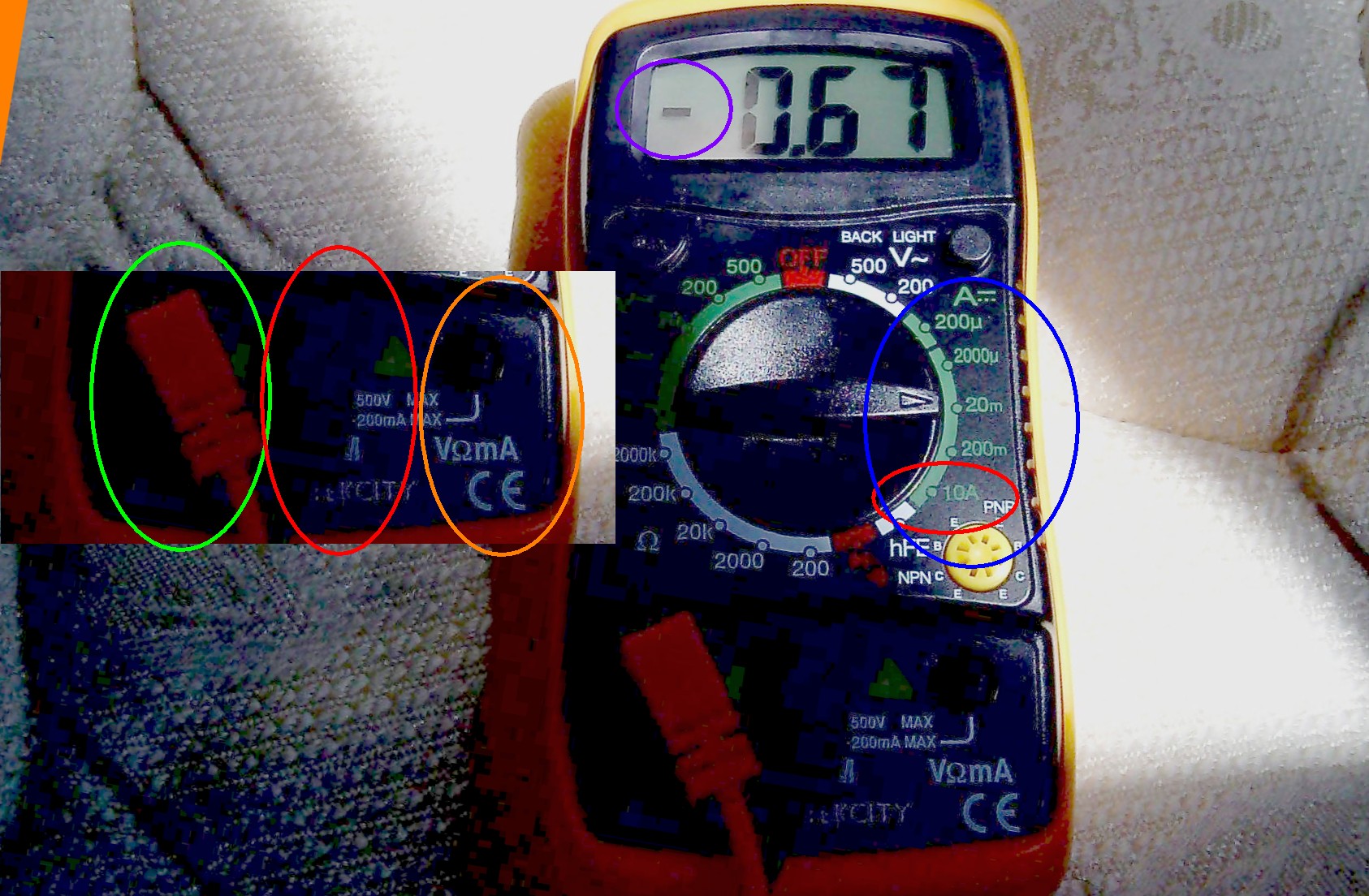If the meter is correctly connected between the charger and the phone then it will show the current that the phone as a whole is drawing. However, that does not mean that it necessarily shows the current that the phone's internal electronics are drawing.
It may not be obvious, but, current INTO the phone and current presently being used by the phone can easily be different. See below.
Because:
To attain reasonable battery life the power (actually voltage) applied to a LiIon / LiPo (Lithium Ion / Lithium Polymer) battery MUST be removed once the battery is fully charged. Leaving the charge voltagfe applied to the battery will substantially reduce its lifetime. So, once charged, a phone will disconnect charger from battery. What happens then is up to the designer.
Phone may run from battery.
Phone may run from charger.
Phone may run from battery & charger combined.
If the phone runs wholly from battery (maybe at a few mA) the battery voltage will fall. when it reaches a predefined level the charger will "kick back in" and recharge the battery. While the battery is discharging the phone will input whatever current the designed has cased the charger front end to draw in those circumstances. I'd probably aim at much lower than 0.67 mA but that's a believable figure.
Phone direct from charger makes great sense but does not seem to be what is happening in your case. Phone from some mix - 0 mA or more could happen.
See below for likely minimum real world current draws.
Cellphone current draw covers an immensely wise range, with competent designers making significant efforts to minimise it where possible.
Best case I have seen phones with standby times quoted in weeks, maybe 2 or 3 in some cases, although this would be unusual.
A week is 168 hours long.
0.67 mA x 168 hours = 113 mAh
3 weeks at that rate = 339 mAh.
A battery capacity of
500 mAh = a very small cellphone battery
1000 mAh = typicaly non-"smart" phone.
500 mAh = typical smart-phone.
So it is unlikely that the phone always draws 0.67 mA
= over a month with even a 500 mAh battery)
However, even when in standby a phone will perform various functions periodically. These increase current drain. How much idle current a phone draws depends on peripherals activated, background tasks running and more.
So it is entirely possible that some of the time some phones draw that little current.
You need to tell us exactly how the charger is connected.
A circuit diagram would be even better.



